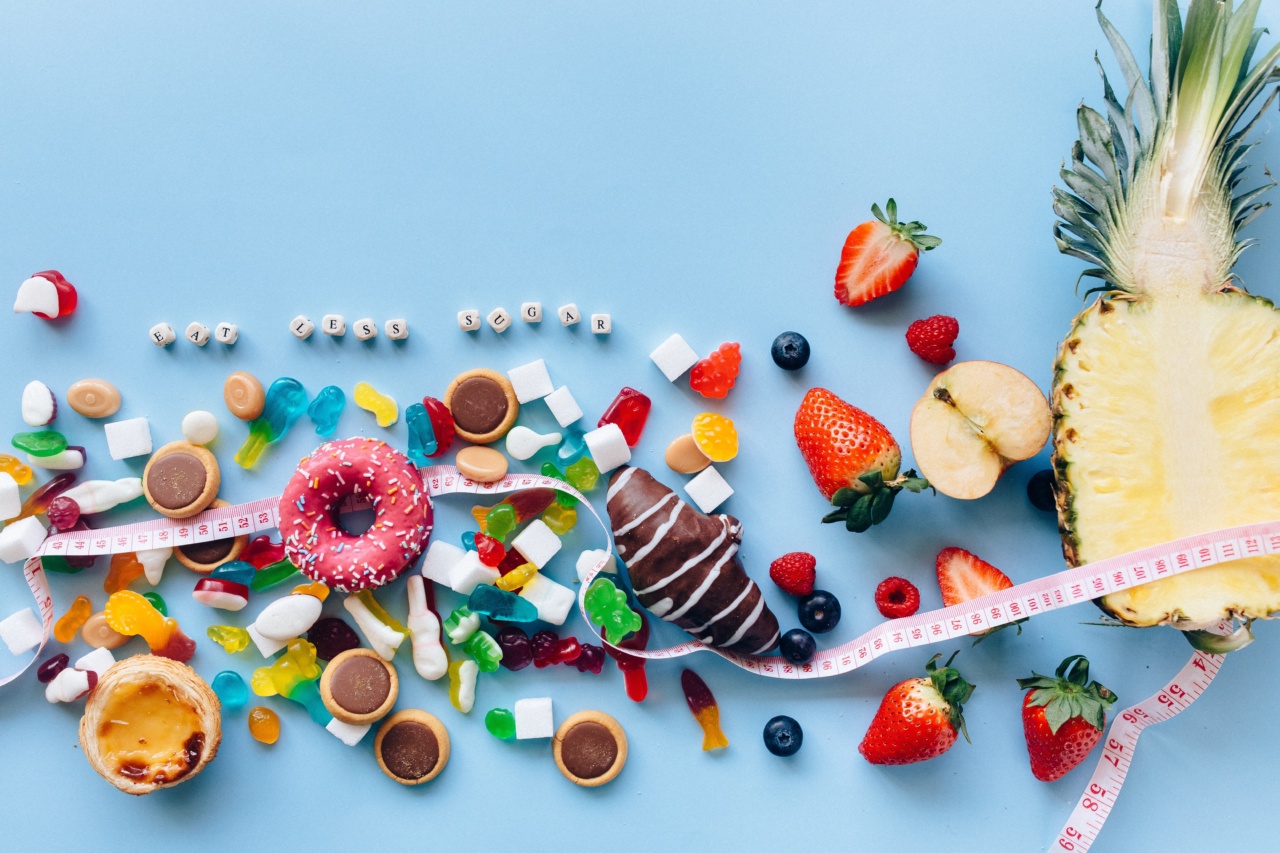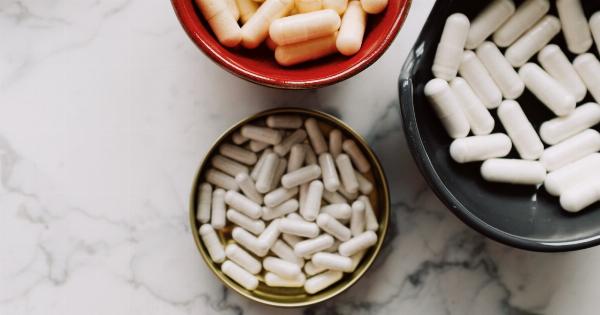Unexplained pain can be a frustrating and debilitating experience. Whether it’s chronic pain in the joints, muscles, or headaches that won’t go away, finding the root cause can often feel like searching for a needle in a haystack.
While there can be many factors contributing to unexplained pain, one potential culprit that is often overlooked is our diet.
The impact of diet on pain
Our diet plays a crucial role in maintaining overall health and wellbeing. The foods we consume have a direct impact on our body’s inflammatory response and ability to heal.
Inflammation is a natural defense mechanism that helps the body fight off infections and repair damaged tissues. However, chronic inflammation can lead to a host of health issues, including persistent pain.
Some foods are known to be pro-inflammatory, meaning they can trigger an inflammatory response in the body. These include processed foods high in sugar, unhealthy fats, and artificial additives.
On the other hand, certain foods have anti-inflammatory properties and can help alleviate pain and reduce inflammation. Incorporating these foods into your diet may provide relief from unexplained pain.
Identifying potential trigger foods
Every individual is unique, and what works for one person may not work for another when it comes to identifying trigger foods. However, there are some common culprits that have been found to cause or exacerbate pain in many people:.
1. Gluten
Gluten is a protein found in wheat, rye, and barley. It has been linked to various health issues, including joint pain, headaches, and fatigue, especially in individuals with gluten sensitivity or celiac disease.
If you suspect gluten might be causing your unexplained pain, try eliminating gluten-containing foods from your diet for a few weeks to see if your symptoms improve.
2. Dairy
Dairy products, such as milk, cheese, and yogurt, are a common allergen for many individuals. Dairy intolerance or allergy can lead to inflammation and pain, particularly in the joints.
If you suspect dairy may be the culprit, try switching to dairy-free alternatives or reducing your intake to see if there is any improvement in your pain symptoms.
3. Nightshade vegetables
Nightshade vegetables, including tomatoes, bell peppers, eggplants, and potatoes, contain a compound called solanine. Some individuals are sensitive to solanine and may experience joint pain and inflammation after consuming these vegetables.
Consider eliminating nightshade vegetables from your diet temporarily to see if it makes a difference in your pain levels.
4. Artificial additives
Many processed foods contain artificial additives like artificial sweeteners, preservatives, and food dyes. These additives can trigger inflammation and exacerbate pain symptoms in some individuals.
Opt for whole, natural foods and read labels carefully to avoid consuming these artificial additives.
5. Sugar
Excessive sugar consumption has been linked to various health issues, including chronic pain. Sugar can trigger inflammation, disrupt hormonal balance, and contribute to weight gain, which can put additional stress on joints.
Reduce your intake of sugary foods and drinks to see if it has any impact on your unexplained pain.
6. Alcohol
Alcohol is known to have a dehydrating effect on the body and can also disrupt sleep patterns. These factors can contribute to muscle stiffness, headaches, and overall bodily discomfort.
Limiting or eliminating alcohol from your diet may help alleviate your unexplained pain.
7. Processed meats
Processed meats, such as sausages, hot dogs, and deli meats, are often high in sodium, unhealthy fats, and additives. These can trigger inflammation and contribute to pain symptoms. Opt for lean, unprocessed meats or plant-based protein sources instead.
8. Caffeine
While caffeine can provide temporary relief from headaches for some people, excessive consumption can actually lead to rebound headaches and muscle tension.
If you consume large amounts of caffeine regularly and experience unexplained pain, it may be worth gradually reducing your caffeine intake to see if it makes a difference.
9. High-sodium foods
A diet high in sodium can lead to water retention and increased blood pressure, causing joint stiffness and general discomfort. Reduce your intake of processed and salty foods, and opt for fresh ingredients and natural flavorings instead.
10. Certain oils and fats
Saturated and trans fats, commonly found in fried and processed foods, can contribute to inflammation and pain.
Replace these unhealthy fats with healthier options like olive oil, avocados, and fatty fish rich in omega-3 fatty acids, which have anti-inflammatory properties.
Experimenting with an elimination diet
Identifying trigger foods can be a process of trial and error. One effective method is to try an elimination diet.
This involves eliminating all potential trigger foods from your diet for a period of time, typically around three weeks, and then reintroducing them one by one to observe any adverse reactions.
Keep a food diary during this process, noting any changes in pain symptoms or overall wellbeing. This can help you identify patterns and narrow down your list of trigger foods.
Seeking professional guidance
If you have been struggling with unexplained pain and suspect your diet may be a contributing factor, it is always advisable to seek professional guidance.
Consulting with a registered dietitian or a healthcare provider can help you develop a personalized approach to address your specific needs and ensure you are getting all the essential nutrients.
Conclusion
Unexplained pain can often be attributed to various factors, and our diet is one crucial aspect that deserves attention.
By being mindful of the foods we consume and their potential impact on inflammation and pain, we can take active steps towards managing and alleviating our symptoms. Experiment with eliminating potential trigger foods, keep track of any changes in your pain levels, and consult with a healthcare professional to develop a personalized plan that works best for you.





























